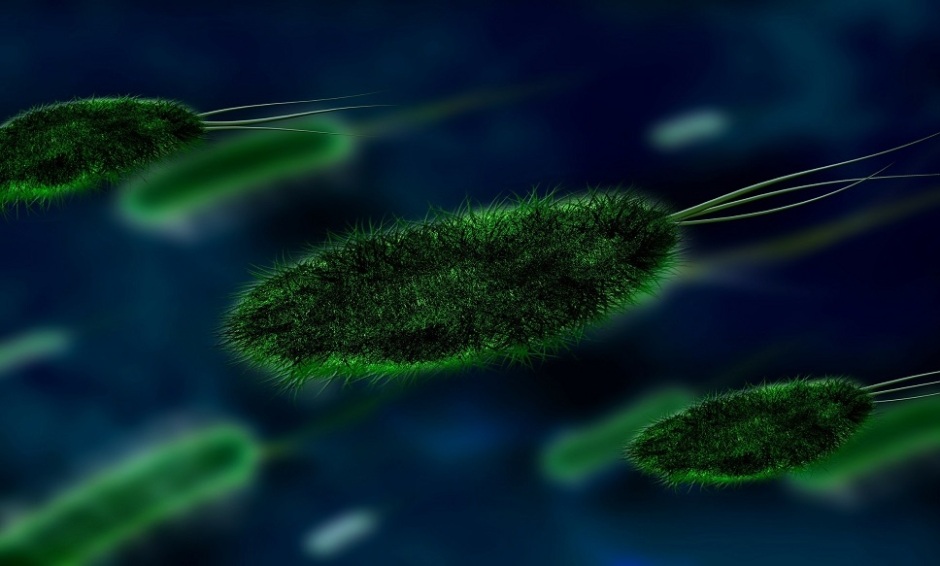SCIENTISTS have found that antibiotics are still able to kill resistant bacteria by using mechanical force to ‘tear holes in the bacteria and rip them apart’.
These findings will help scientists to develop new antibiotics, and modify existing ones, to overcome resistance in infectious bacterium, according to lead author of the study paper, Dr Joseph Ndieyira, University College London, London, UK. “Antibiotics work in different ways, but they all need to bind to bacterial cells in order to kill them,” said Dr Ndieyira. “Antibiotics have ‘keys’ that fit ‘locks’ on bacterial cell surfaces, allowing them to latch on. When a bacterium becomes resistant to a drug, it effectively changes the locks so the key won’t fit any more. Incredibly, we found that certain antibiotics can still ‘force’ the lock, allowing them to bind to and kill resistant bacteria because they are able to push hard enough.”
Dr Ndieyira and colleagues measured the forces exerted by four different antibiotics on bacterial cells. Those tested included vancomycin, which is used as a last resort for treating MRSA infection, and oritavancin, a modified version of vancomycin used to treat skin infections. The team saw that the antibiotics exerted similar forces on susceptible bacteria, but that there were significant differences in the amount of force against resistant bacteria.
“We found that oritavancin pressed into resistant bacteria with a force 11,000 times stronger than vancomycin,” said Dr Ndieyira. “Even though it has the same ‘key’ as vancomycin, oritavancin was still highly effective at killing resistant bacteria. Until now it was not clear how oritavancin killed bacteria, but our study suggests that the forces it generates can actually tear holes in the bacteria and rip them apart.” The team also discovered that conditions at the bacterial surface encourage clustering, making antibiotics even more effective.
Jack Redden, Reporter








